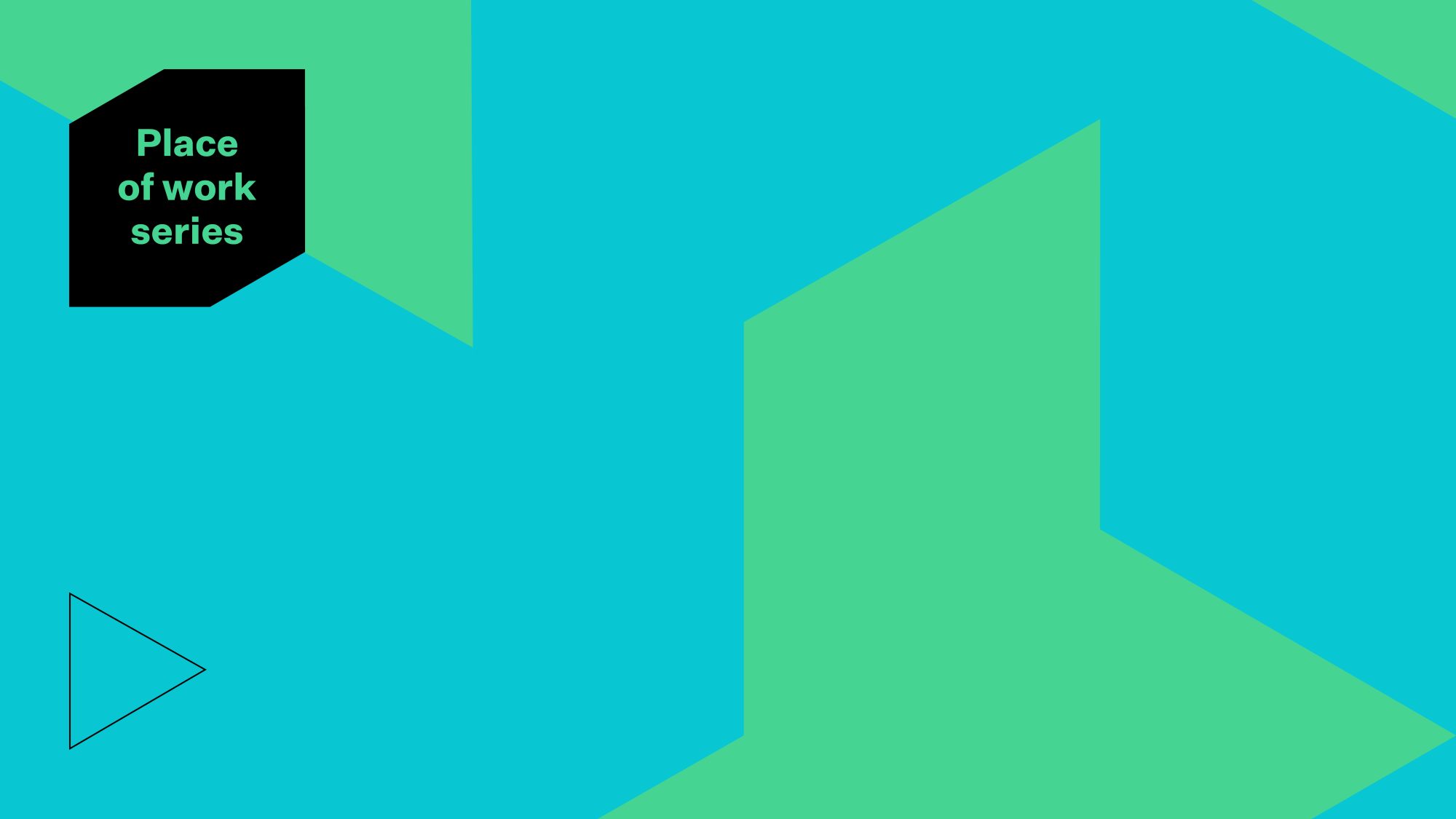










In recent years, inclusivity has shifted and expanded in the workplace, catalysed by the increase in remote work over the last year. But how will equity, diversity & inclusion take new form in the future office?
One thing is certain—organisations must view an inclusive workspace as a vital part of the business in order for their initiatives to create real impact and value.
Equity, diversity, and inclusion (EDI)—also known as Diversity, Equity, and Inclusion (DEI)—refers to policies and initiatives in workplaces and other organisations that are designed to build a more equitable environment.
Many businesses have made excellent strides toward hiring a more diverse workforce. But diversity is only one aspect to consider, just as incorporating EDI into recruitment efforts is only a first step.
The concept of inclusion challenges organisations to consider how people feel when they actually come to work. What is the culture? Do employees enjoy a sense of belonging? Do they feel valued? Finally, equity is about the opportunities businesses give all of their employees to grow and advance.
In this episode of Place of work, Frances Gain and Grant Christofely are joined by special guest Jennica Palecek from Colliers International to discuss why it’s crucial to incorporate diverse perspectives into the workplace.
At M Moser, we’re committed to creating universally accessible, inclusive, people-centric work environments. Here’s why inclusive design is critical to the health and growth of an organisation:
Many modern organisations are making a conscious effort to support neurodiversity in the workplace. They acknowledge the link between environment and output that exists for neurodiverse people – when these individuals inhabit a workplace that best suits their needs, they can achieve their full potential.
That same logic applies to every group of people. Regardless of who you are, your environment impacts you in a specific way. So, how can organisations begin creating environments that respond to all levels of diversity?
If you’d like to discuss inclusive design in your workplace, M Moser’s workplace strategy team is here to support you. Contact us today to begin the conversation.
Senior Associate, Workplace Strategy and Transformation
Associate Director, Workplace Strategy